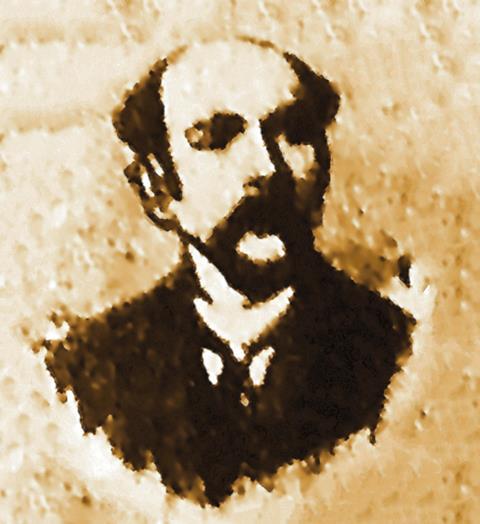The Killing of Lord George: A Tale of Murder and Deceit in Edwardian England
By Karl Shaw
£20.00, Icon Books
★★★★✩
Lord George Sanger was a retired showman who met a violent end in 1911 aged well into his 80s. The evidence seemed clear that he had been murdered by a disgruntled and possibly insane employee. Sanger was a nationally known figure who had developed circus entertainment for the masses and was spoken of as the British equivalent of the American Phineas Taylor Barnum. Sanger even performed before Queen Victoria and had a private audience with her. Apparently she enjoyed circuses which does not fit with the 'I am not amused' figure and reclusive widow she is sometimes seen as.

Sanger was probably not a real lord and his claim to have fought at the battle of Trafalgar may have been equally questionable. The book is part biography and part crime whodunit examining the police investigation and criminal process and questioning the assumptions that were made about who the killer was. It is an interesting account of a world that has probably disappeared completely. Circuses are less likely now to have dangerous animals which escape into London suburbs casing chaos. One elephant got stuck in a local shop having devoured the goods on display. Sanger married a lion tamer who was literally scarred around her neck by her work experiences. Health and safety did not really mean much with staff and customers losing limbs and their lives to animals. Death seemed to fascinate the public. Tragic loss of life caused by lions ripping performers’ throats out just added to the excitement and the crowds queued to see more.
The Victoria and Edwardian ages were times of increasing entertainment for the masses, fired by better public transport, more widespread literacy and popular press. The idea of travelling show people and entertainers dated from medieval times and developed to become a popular entrainment for all classes. This story is set against a background of casual violence, rivalry and sudden death from accident or illness. George Sanger had a remarkable career from a humble beginning to reach the heights. He did attend school but probably did not learn much as he was only there for one day.
The criminal investigation of the killing which forms the basis of this book is interesting and includes an introduction to Sir Bernard Spilsbury, the famous pathologist. He is portrayed in this book possibly more accurately as only a passable scientist but his demeanour and his good looks were very persuasive to juries and probably judges. He was once said to attract near papal infallibility. Perhaps he was more persuasive than justified.
This book is an interesting real life crime thriller, set in a vanished and largely forgotten world.
David Pickup is a partner at Pickup & Scott Solicitors, Aylesbury































1 Reader's comment